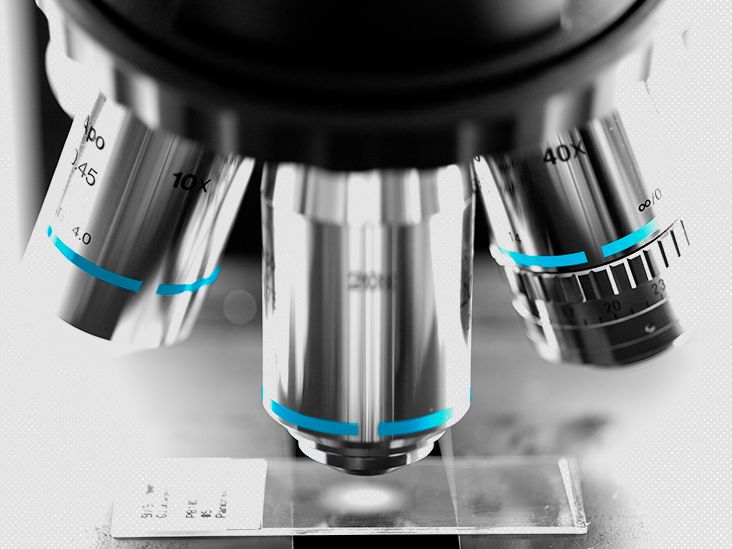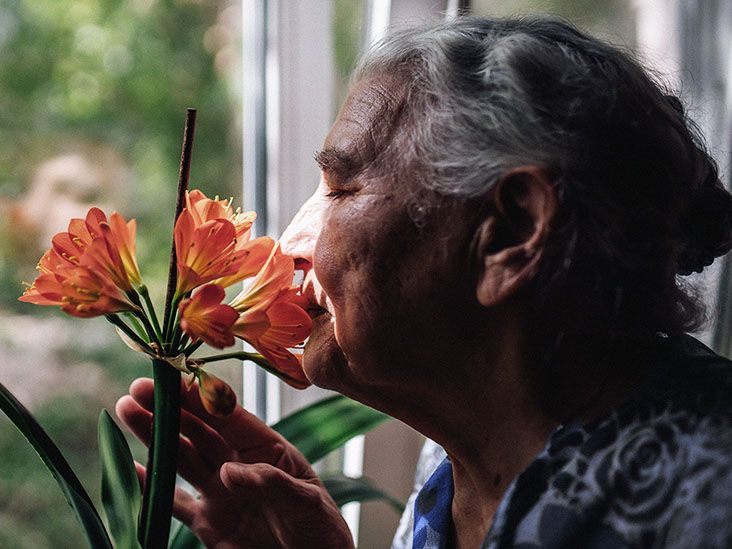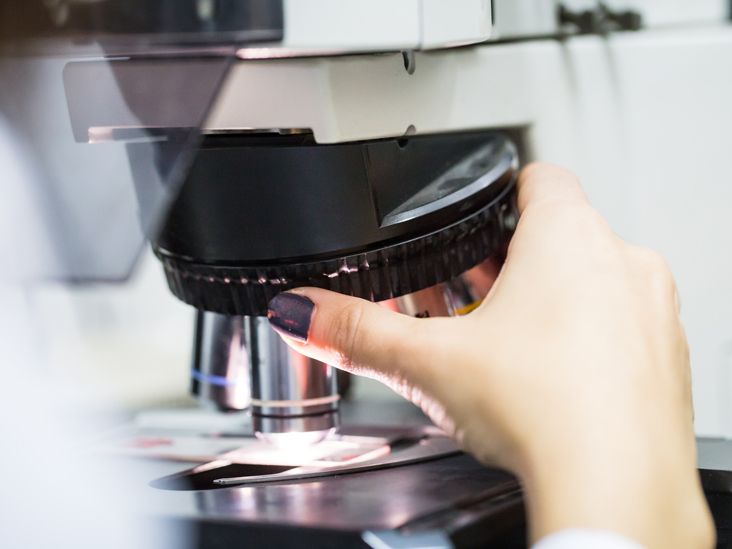For some subtypes of non-Hodgkin’s lymphoma, complete remission is possible. Doctors may refer to reaching complete remission as “curing” the cancer.
According to the
Non-Hodgkin’s lymphoma (NHL) has several subtypes with similar characteristics.
Before healthcare professionals consider a person’s cancer cured, the cancer must go into complete remission, which means that all signs of cancer have disappeared.
A doctor may say that NHL is cured if the disease remains in complete remission for 5 years.
This article answers the question of whether NHL is curable. It also provides statistics about a person’s outlook and life expectancy, their chance of relapse, and more.
NHL is a group of blood cancers that have similar characteristics. Complete remission is possible for some types of NHL but not for others.
If complete remission is not possible, a doctor may aim for the cancer to go into partial remission. This means that the treatment is having an effect on the cancer and potentially slowing its progression.
There are two main categories of NHL: indolent and aggressive.
According to the NCI, aggressive lymphomas
A person should speak with a doctor about their specific NHL subtype for more information on the treatment and outlook.
Indolent lymphomas
Indolent lymphomas are slow-growing and account for about 4 in 10 of all NHL cases.
The treatment for stage 1 or 2 indolent NHL involves radiation therapy. The
However, in the more advanced stages, indolent NHL is not typically curable. Instead, the treatment aims to control the symptoms and induce remission.
After years of remission, the lymphoma usually comes back. However, another round of treatment can result in another period of remission.
This means that doctors can control the lymphoma for a long time, and people will maintain a good quality of life between the rounds of treatment.
Subtypes of indolent NHL include:
Aggressive lymphomas
Aggressive types of NHL progress quickly and account for about 6 in 10 of all NHL cases.
Because these types are fast-growing, a person will need treatment as soon as possible. Treatment often involves chemotherapy and steroids or a combination of steroids, immunotherapy, and chemotherapy.
Doctors can cure aggressive NHL in
Subtypes of aggressive NHL include
- diffuse large B-cell lymphoma
- central nervous system lymphoma
- AIDS-associated lymphoma
- Burkitt lymphoma
- T-cell lymphoblastic
- peripheral T-cell lymphoma
- mantle cell lymphoma
A relative survival rate helps give an idea of how long a person with a particular condition will live after receiving a diagnosis, as compared with people without the condition.
According to the American Cancer Society (ACS), the overall 5-year relative survival rate for people with NHL is
The
| Stage | 5-year relative survival rate |
|---|---|
| stage 1 | 87% |
| stage 2 | 78.9% |
| stage 3 | 73.6% |
| stage 4 | 64.2% |
| unknown | 71.6% |
It is important to remember that these figures are estimates. A person can consult a healthcare professional about how their condition is going to affect them.
Several factors can affect a person’s outlook and survival, including:
- their overall health
- their age at onset
- the stage of their cancer
- how well the cancer responds to treatment
- the available treatment options
Indolent NHL
The
| Stage | 5-year relative survival rate |
|---|---|
| local (the tumor is small and has not spread) | 97% |
| regional (the cancer has not spread beyond the lymph nodes or local tissues) | 91% |
| distant (the cancer has spread to the distant organs and tissues of the body) | 87% |
| all stages combined | 90% |
Aggressive NHL
The
| Stage | 5-year relative survival rate |
|---|---|
| local | 73% |
| regional | 74% |
| distant | 58% |
| all stages combined | 65% |
According to the
The
People in the late stages of indolent NHL are more likely to experience continuous rates of relapse.
However, those who experience relapse can undergo another course of treatment, which can result in another period of remission.
Doctors can cure more than half of aggressive NHL cases. If relapse or recurrence occurs, it typically happens within the first
Next steps
If recurrence or relapse occurs, a person should plan to speak with their doctor about the next steps.
It is important to remember that the doctor
Several factors can influence changes in treatment, including the person’s age, overall health, and type of cancer.
A person should contact a doctor during treatment if they:
- have any new questions
- notice changes in their symptoms
- experience side effects that are difficult to live with
A person should not hesitate to call their doctor or cancer team with questions about their treatment, their symptoms, or anything else related to their care.
A person may find that writing out the questions they want answers to can help ensure that they do not miss anything.
If a family member or friend accompanies a person to an appointment, it may be helpful to provide that person with a list of questions so they can ask or record the answers.
Questions that a person may want to ask include:
- What is the overall outlook for my individual case?
- What other tests might I need?
- Which treatment options make the most sense?
- When should treatment start?
- Is financial aid available through the medical practice?
While friends and family can provide valuable support, a person might want or need additional help.
Several nonprofit organizations offer resources and support groups to help both people with cancer and their loved ones.
Cancer treatment teams may be able to offer information on local support groups.
The following are some national support groups that may help a person who has NHL:
- Leukemia & Lymphoma Society (LLS): The LLS sponsors local support groups and provides an online search tool to help people find one in their area.
- CancerCare: CancerCare provides access to short-term emotional support with an oncologist specialist. A person can also call the CancerCare Hopeline at 800-813-4673.
- Lymphoma Support Network: After completing a questionnaire, a person can access a one-on-one peer support network.
In addition to the cost of treatment, a person may need to pay for child care, transportation, food, and other expenses. They may also lose wages as a result of missed work.
While health insurance can cover some or all of the treatment costs, a person may still need to pay copays and meet a deductible.
People can speak with their care team or with caseworkers at the hospital to find out whether there are any options for lowering the costs of care. These health professionals may be able to provide information on local resources that can help.
Organizations that may help with financial support include:
- the Lymphoma Research Foundation’s Patient Aid Grant, which provides help to pay for treatments
- CancerCare, which offers a few options for financial support
- the
American Cancer SocietyTrusted Source , which provides information on financial support options for housing during treatment, transportation, meals, and other expenses
NHL has two main types: aggressive and indolent. The two types have different outlooks and 5-year relative survival rates.
Early stage indolent NHL may be curable through radiation therapy. The more advanced stages are not usually curable.
Although the cancer is likely to return after years of remission, treatment can help manage it and may even lead to another period of remission. As a result, doctors can control the cancer for a long time.
More than half of aggressive NHL cases are curable, and the cancer is unlikely to return.
Several organizations can provide emotional and financial support to people who are undergoing cancer treatment and their families. A person can ask their treatment team about resources or check out national resources available online.




